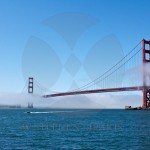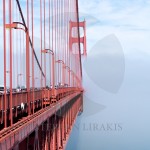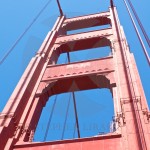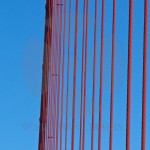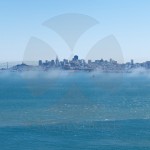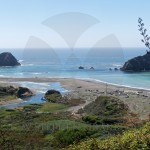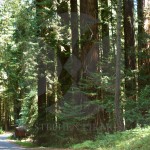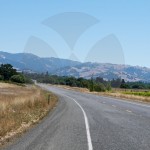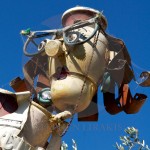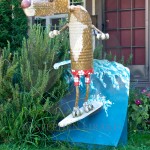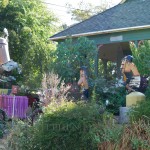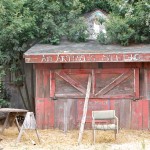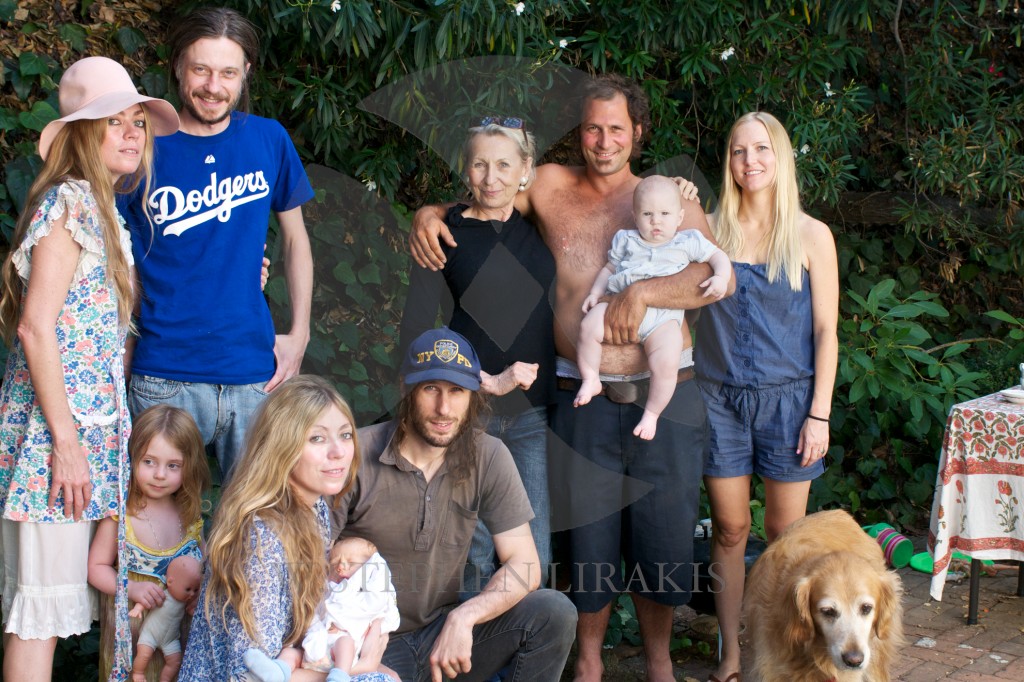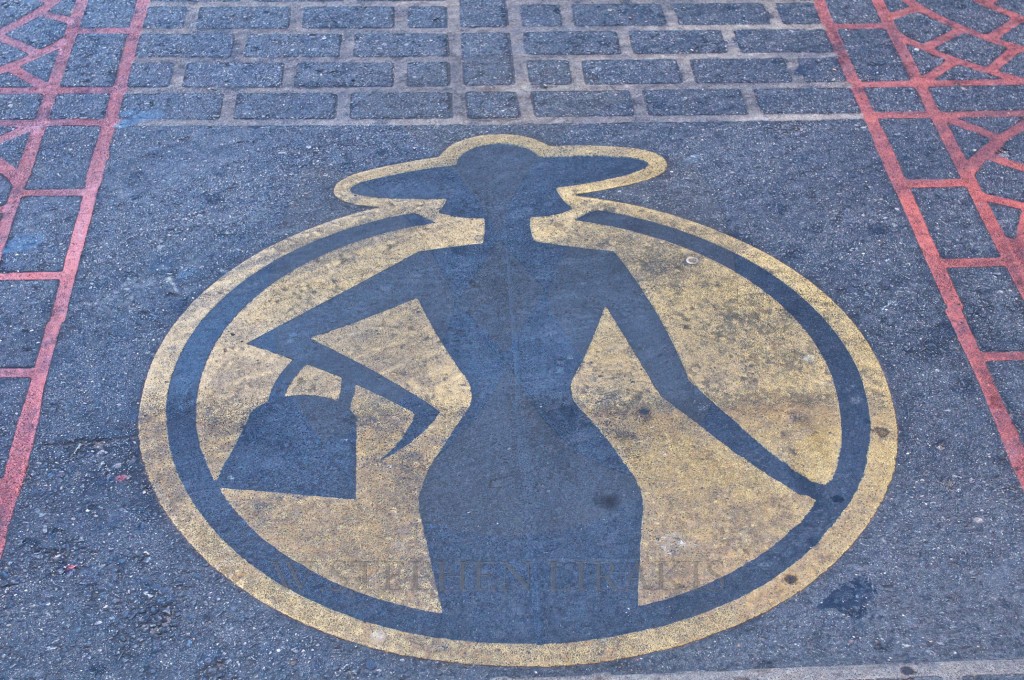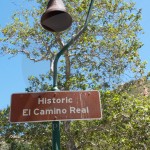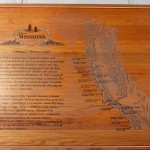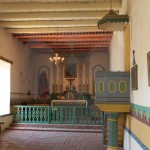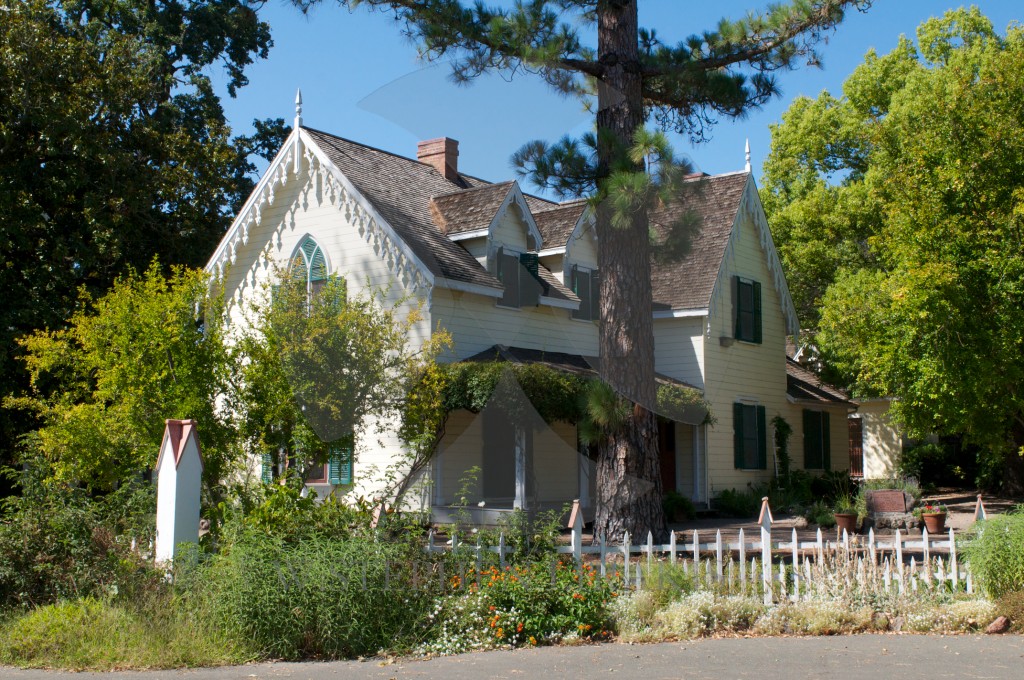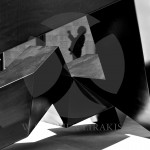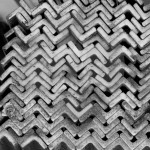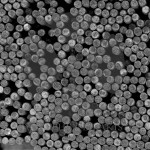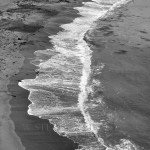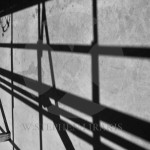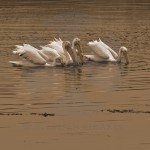This is another one of those subjects on which I spend way to much time pondering. As far as a racing boat seaworthiness and seamanship are tied. There is more than one boat I have refused to sail on either because of the boat or it’s crew. A well found boat can compensate for a less competent crew and vise versa.
Should the Fastnet race have in recent years the number of withdrawals we have seen? The Middle Sea race? The Stamford-Vineyard race?
Here the question being asked is specifically about seaworthiness. Regardless of my opinion the horse has escaped the barn, as the saying goes. I will add that I have sailed some very sea kindly boats in recent years; far better than many years ago.
PRACTICALITIES OF SEAWORTHINESSWhen mistral conditions cancelled the first day of racing this week at theMaxi Yacht Rolex Cup in Porto Cervo, Italy, a cry of ‘What The F#@K’ camefrom the sidelines. Was this another instance of offshore race boats beingunsuitable to go offshore? Hugh Welbourn, Principal at Hugh Welbourn Designin Southampton, United Kingdom, joins the conversation:———————————————————————-Pitiful indeed to be cancelling because of 25 knots, when I can wellremember frequently starting and racing in Sardinia in full Mistralconditions and having some of the best racing and fun days ever. One ofthose days was the first of many occasions racing with Bruce (NavalArchitect Bruce Nelson) in fact, and rolling the good old IOR boatsdownhill in seriously interesting conditions around the many rocks offPorto Cervo!
But how have we got to this stage?
You have to lay some of the blame on currently having rules and raceorganisers that on the whole take no interest in the actual practicalitiesof seaworthiness. That’s something that is totally separate from basicissues of stability and structures which have mostly been dealt with, butis more along the lines of ensuring that it is possible to work the boatboth above and below decks in severe conditions if necessary.
Ever increasing pressure on short course racing results has created superefficient sail handling and deck layouts for sure, but ‘conveniently’brushed under the table are such basic seaworthiness points of no deckpenetrations that allow water below, or indeed as with current TP52’s thenthe sheer mass of string running all through the internals of the boat. Andwatertight integrity? Got to be joking!
Of course the TP52’s and some others in current guise would run a mile fromdoing any real offshore event and even deliveries between events are causefor looking for benign weather windows.
But yachts of this ilk shouldn’t be sailing in events such as Sardiniawhere challenging conditions are so often encountered and also should be somuch of the fun.
Yes, the modern boats are harder on the crew, the motions are more violent,but sanitising the racing because some of the boats can’t deal with theconditions is plain crazy.
So surely its time that the rules and race organisers recognise that thisstate of affairs must not be allowed to continue – racing boat numbers areshrinking everywhere and part of the issue is for sure that they arebecoming less and less suitable for the general mix of offshore/inshoreracing.
Killing off the races in such great waters as Sardinia just because some ofthe fleet can’t deal with it?
Pitiful.

